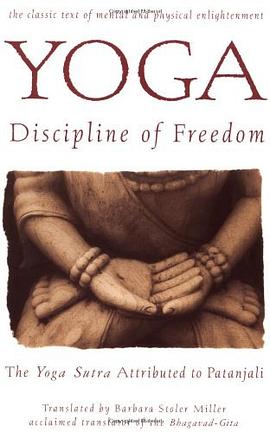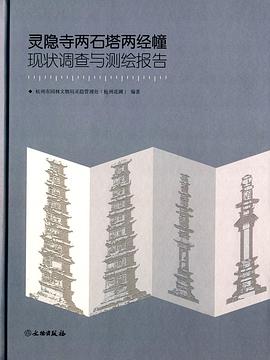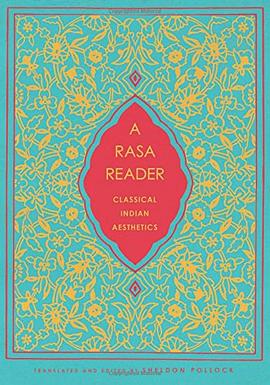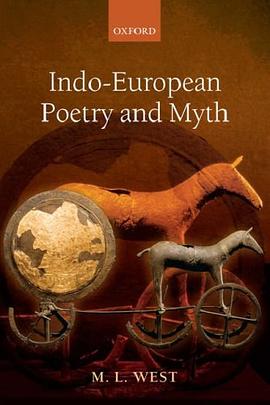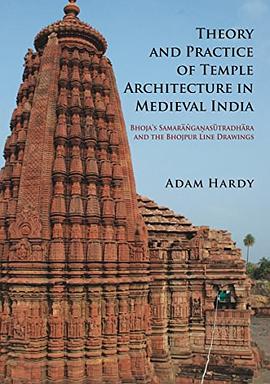
Theory & Practice of Temple Architecture in Medieval India pdf epub mobi txt 电子书 下载 2025
- 家学
- 古建筑
- 印度寺庙
- 印度学
- =南天
- Medieval India
- Temple Architecture
- Theory
- Practice
- Indian History
- Religious Architecture
- Architecture History
- India
- Culture
- Heritage

具体描述
303 pages, numerous photographs and line drawings
This book is about vastuvidya or architectural theory, the creation of temples, and the role of drawing as an indispensible bridge between the two. It focuses on two works attributed to Bhoja, the legendary Paramāra ruler of Malwa in the first half of the eleventh century. The first of these is his vastly ambitious, but unfinished, royal temple at Bhojpur, with its unique set of architectural drawings engraved on the surrounding rocks. These beautiful drawings, documented here for the first time, provide insights into construction processes and glimpses of hitherto unknown temple forms. They also hold the key to the intended design of the Bhojpur temple itself, which would have been by far the biggest Hindu temple in the world.
The other main focus of this study is Bhoja's great compendium of architectural knowledge known as the Samarānganasūtradhāra, a project of comparable ambition to his temple. This famous Vāstuśāstra was compiled at a moment when the classical traditions of Indian architecture had blossomed into abundant maturity, and could be understood in relation to one another, in all their diversity. The Samarāngana's treatment of Nāgara, Drāvida and Bhūmija temples are covered here in detail, with key chapters translated both into English and into drawings of the temple designs that the text encapsulates. As illustrated by numerous photographs, the text describes types known among surviving monuments, as well as many others probably never built. Far from being a straightjacket and an impediment to growth, the text is revealed both as full of architectural invention, and as a framework and a stimulus to further creativity. This book will allow the reader to begin to understand the temple architecture of medieval India through the eyes of its creators.
作者简介
Adam Hardy, an architect, is Professor of Asian Architecture at The Welsh School of Architecture, Cardiff University. He has been studying Indian temples for more than thirty years, and his publications on the subject include Indian Temple Architecture: Form and Trans-formation (IGNCA, 1995) and The Temple Architecture of India (Wiley, 2007).Since 1999 he has been Editor of the journal South Asian Studies. He is currently working on two projects which, like the study for this book but in different ways,re-create traditional temples. One is a conservation study for the World Monuments Fund at Ashapuri, Madhya Pradesh, involving the recovery of lost temple designs from thousands of stone fragments; the other is the design of a new temple in Hoysa a style near Bangalore, aiming to unfold the inherent potential of that tradition.
Mattia Salvini, Sanskritist and Buddhologist, is Visiting Professor to the International PhD Programme in Buddhist Studies, Mahidol University (Thailand). His extensive work on the Samarānganasūtradhāra began, in collaboration with Adam Hardy, when he was a research scholar at the School of Oriental and African Studies, London. His main publication on the subject is The Samarānganasūtradhāra: Themes and Context for the Science of Vāstu (JRAS, 2012), an overview of the universe of Bhoja s text.
目录信息
Credits for the illustrations ii
Translator's note ii
Map showing temple sites mentioned in the text iv
1. Introduction
Temple and Text 1
Bhoja's Royal Temple and the Architectural Tradition 4
Bhoja's Treatise on Architecture and the Textual Tradition 22
2. Bhoja's Abandoned Building Site 31
3. Nāgara Temples in the Samarānganasūtradhāra 75
4. Drāvida Temples in the Samarānganasūtradhāra 165
5. Bhūmija Temples in the Samarānganasūtradhāra 203
6. Theory and Practice
Bhojpur and the Samarānganasūtradhāra 255
Correlating Temples and Text 256
Parivartana 260
Texts, Drawings and the Act of Creation 264
Appendix 1. Measured survey of the mulaprasada of the Udayeśvara temple, Udayapur, by Amita Kanekar 271
Appendix 2. Comparisons between prescriptions in Chapter 65 of the Samarānganasūtradhāra and examples of Bhūmija temples 272
Appendix 3. From Point to Parivartanā to Plan, by Paul Glossop 277
Glossary 285
Bibliography 289
Index 292
· · · · · · (收起)
读后感
评分
评分
评分
评分
用户评价
相关图书
本站所有内容均为互联网搜索引擎提供的公开搜索信息,本站不存储任何数据与内容,任何内容与数据均与本站无关,如有需要请联系相关搜索引擎包括但不限于百度,google,bing,sogou 等
© 2025 book.wenda123.org All Rights Reserved. 图书目录大全 版权所有



